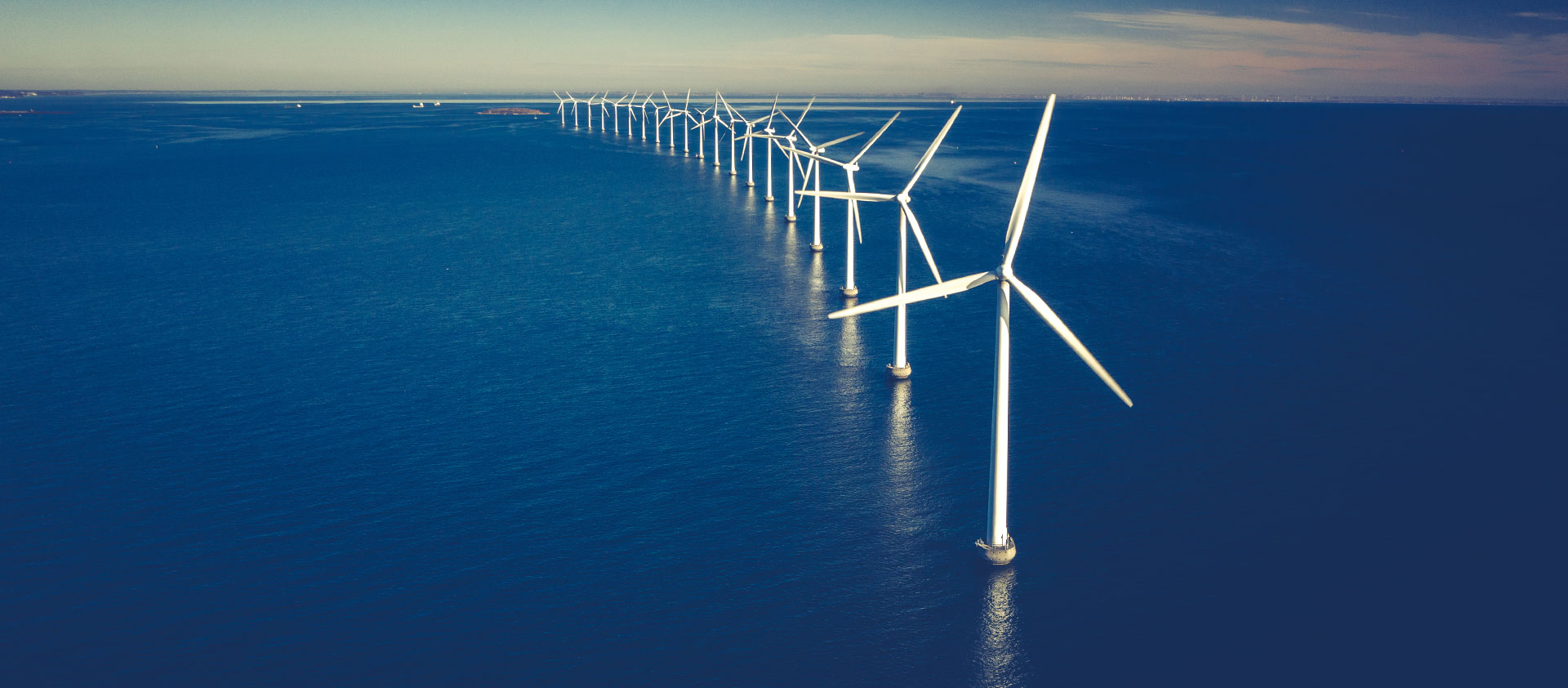Critical minerals
AER AGL Aluminium Batteries Battery Budget BYD CATL CBAM China Coal Critical minerals Decarbonisation DMO Election Electric Vehicle Electricity/electrification Energy crisis Federal Election Finance Sector & Emissions gas Green Iron/Steel Hydrogen India & Adani Nuclear offshore wind Oil OP EDS Peter Dutton Podcasts Renewables Solar Tariff Taxes and subsidies US IRA/EU NZIA et al Wind
Manufacturers’ Monthly | 2024/25 Budget reveals new investment under Future Made In Australia Act
___
OP ED | After a decade of chaos, Labor finally pivots Australia away from dig-and-ship petrostate to post carbon world
Renew Economy
Japan Today | Australia unveils budget aimed at becoming ‘renewable superpower’
___
LinkedIn | 2024-25 Federal Budget NewsMatch Alert: Budget Night Reactions Continued
___
The Times of India | Australia unveils budget aimed at becoming ‘renewable superpower’
___
OP ED | Future Made in Australia Act puts country in global cleantech race
The Australian
Future Made in Australia Act puts country in global cleantech race
The Australian
ABC Drive Illawarra | A Uniquely Australian Opportunity
ABC Radio
Critical mineral market volatility and what it means for Australia
___
Is NSW’s Origin subsidy bad for Aussies?
AusBiz
VIDEO| Is China the New Superpower?
___
Qld premier announces $570m battery industry strategy
AAP
